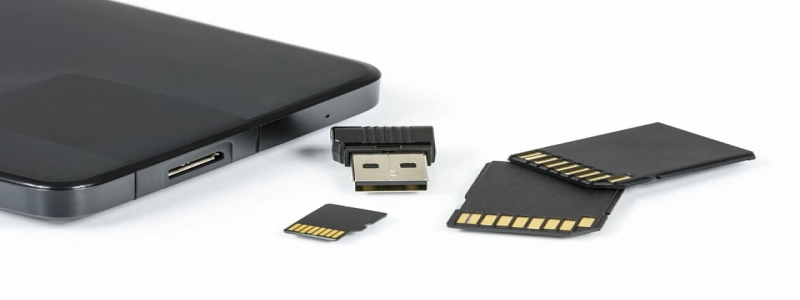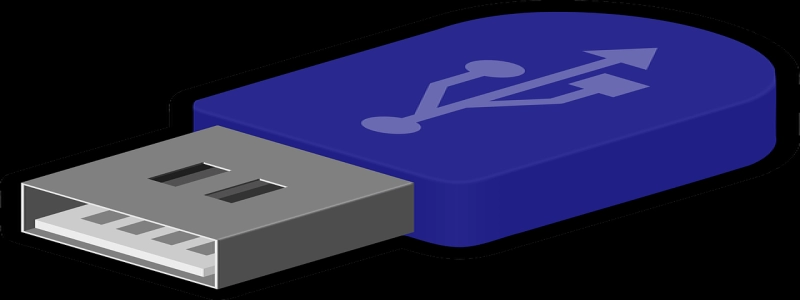Fiber Optic Cable vs Ethernet
Introdução:
Na era digital de hoje, reliable and high-speed internet connectivity is crucial for individuals and businesses alike. Two popular options for transmitting data over networks are fiber optic cables and Ethernet. While both fiber optic cables and Ethernet can provide fast and efficient data transmission, there are significant differences between the two. This article aims to provide a comprehensive comparison between fiber optic cables and Ethernet, highlighting their features, advantages, and disadvantages.
EU. Fiber Optic Cable:
1.1 Definition and Structure:
A fiber optic cable is a high-speed data transmission medium that utilizes optical fibers made of glass or plastic to carry signals. These optical fibers are extremely thin, about the diameter of a human hair, and can transmit data through the reflection and refraction of light.
1.2 Advantages of Fiber Optic Cable:
– High data transmission speeds: Fiber optic cables can transmit data at speeds up to 100 Gbps, making them ideal for high-bandwidth applications such as video streaming and online gaming.
– Long-distance transmission: Unlike Ethernet, which has a limited range, fiber optic cables can transmit data over longer distances without experiencing signal degradation.
– Immunity to electromagnetic interference: Fiber optic cables are not susceptible to electromagnetic interference, making them more reliable in environments with high electromagnetic activity.
– High security: Due to their physical properties, fiber optic cables are extremely difficult to tap into, making them more secure for transmitting sensitive data.
II. Ethernet:
2.1 Definition and Structure:
Ethernet is a widely-used network technology that allows devices to connect and communicate over a local area network (LAN) or wide area network (WAN). It uses twisted pair cables made of copper to transmit data in the form of electrical signals.
2.2 Advantages of Ethernet:
– Cost-effective: Ethernet is generally more affordable compared to fiber optic cables, especially for shorter distances.
– Familiarity and compatibility: Ethernet has been around for decades and is widely supported by networking equipment and devices, making it easier to set up and maintain.
– Power over Ethernet (PoE): Ethernet can provide power to devices, eliminating the need for separate power connections in some cases.
– Flexibility: Ethernet offers various speeds ranging from 10 Mbps to 100 Gbps, providing options for different network requirements.
III. Comparison and Conclusion:
3.1 Speed and Capacity:
Fiber optic cables have a significantly higher speed and capacity compared to Ethernet. While fiber optic cables can transmit data at speeds up to 100 Gbps, Ethernet typically offers speeds ranging from 10 Mbps to 100 Gbps.
3.2 Distance:
Fiber optic cables can transmit data over much longer distances without signal degradation compared to Ethernet, which has distance limitations due to electrical resistance.
3.3 Cost:
Ethernet is generally more cost-effective, especially for shorter distances, as it utilizes twisted pair copper cables, which are less expensive than fiber optic cables.
3.4 Security and Interference:
Fiber optic cables provide better security as they are difficult to tap into compared to Ethernet, which can be vulnerable to eavesdropping. Additionally, fiber optic cables are immune to electromagnetic interference, whereas Ethernet cables can be susceptible to it.
In conclusion, both fiber optic cables and Ethernet have their own advantages and applications. Fiber optic cables excel in high-speed, long-distance data transmission, and offer better security and immunity to electromagnetic interference. On the other hand, Ethernet provides a cost-effective solution for shorter distances and benefits from its compatibility and widespread use. Ultimately, the choice between fiber optic cables and Ethernet depends on the specific requirements, budget, and infrastructure of the network.






